Olive Tree Care: An Essential Guide to Growing This Mediterranean Tree
Olive
The olive tree, native to the Mediterranean region, is an iconic tree prized for its beauty, history, and the value of its fruits. Discover how to care for and enjoy this botanical treasure in your own garden.
___________________________________________________________________________
Olive Tree Care:
Light:
The olive tree requires plenty of direct sunlight. Place it in a sunny location where it receives at least six hours of light a day. More light means more fruit.
Irrigation:
The olive tree is drought-resistant. Water it moderately, allowing the soil to dry slightly between waterings. Avoid overwatering, as this can cause root diseases.
Substratum:
Use a well-drained substrate rich in organic matter. Mix potting soil with sand or perlite to improve drainage. Avoid heavy or compacted soils.
Temperature:
The olive tree is hardy and tolerates a wide range of temperatures. It prefers warm, mild climates, with temperatures between 10°C and 30°C (50°F to 86°F). Protect seedlings from frost.
Humidity:
The olive tree prefers a dry environment and doesn't require specific humidity levels. Avoid overwatering and high humidity to prevent fungal diseases.
Toxicity:
The olive tree is non-toxic to animals, making it safe for dogs, cats and other pets.
Additional:
Olive oil, obtained from the olive tree, is prized for its health benefits and culinary versatility. It is a pillar of the Mediterranean diet.

___________________________________________________________________________
Common problems:
-
Root rot: Overwatering or a poorly draining substrate can cause olive tree root rot. It's important to allow the substrate to dry between waterings and use a well-draining substrate.
-
Nutrient Deficiencies: Olive trees can develop nutrient deficiencies, such as iron, magnesium, or nitrogen, if not properly fertilized. Make sure to use a balanced fertilizer and follow the application recommendations.
-
Fungal Diseases: Some fungal diseases, such as verticillium wilt and leaf spot, can affect olive trees. These diseases can cause leaf spots, wilting, and a general decline in the plant's health. If you notice signs of disease, consult a professional for proper diagnosis and treatment.
-
Frost Damage: Olive trees are sensitive to frost and can suffer damage if exposed to extreme cold temperatures. Protect the plant during periods of frost by covering it or moving it to a more sheltered location.




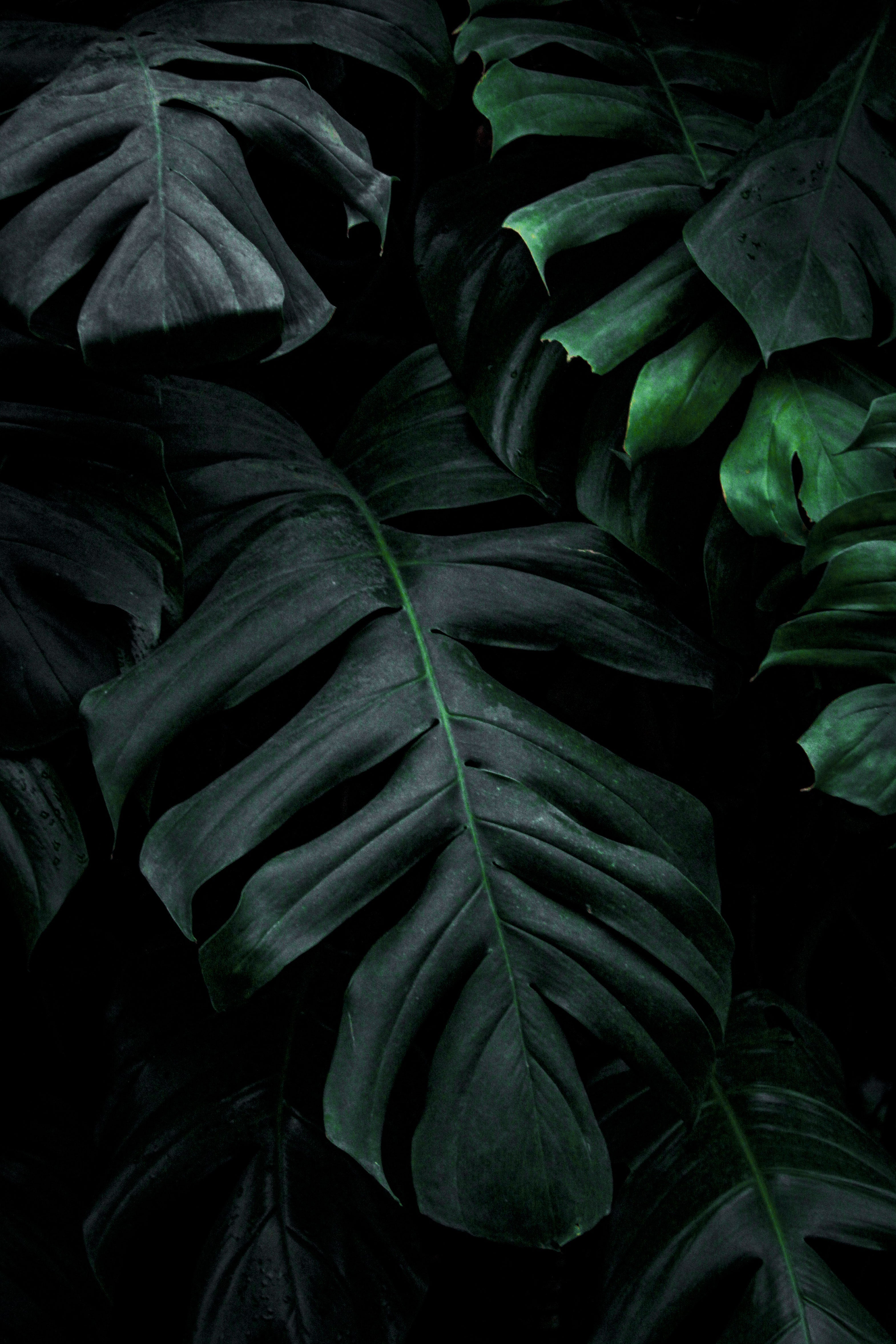
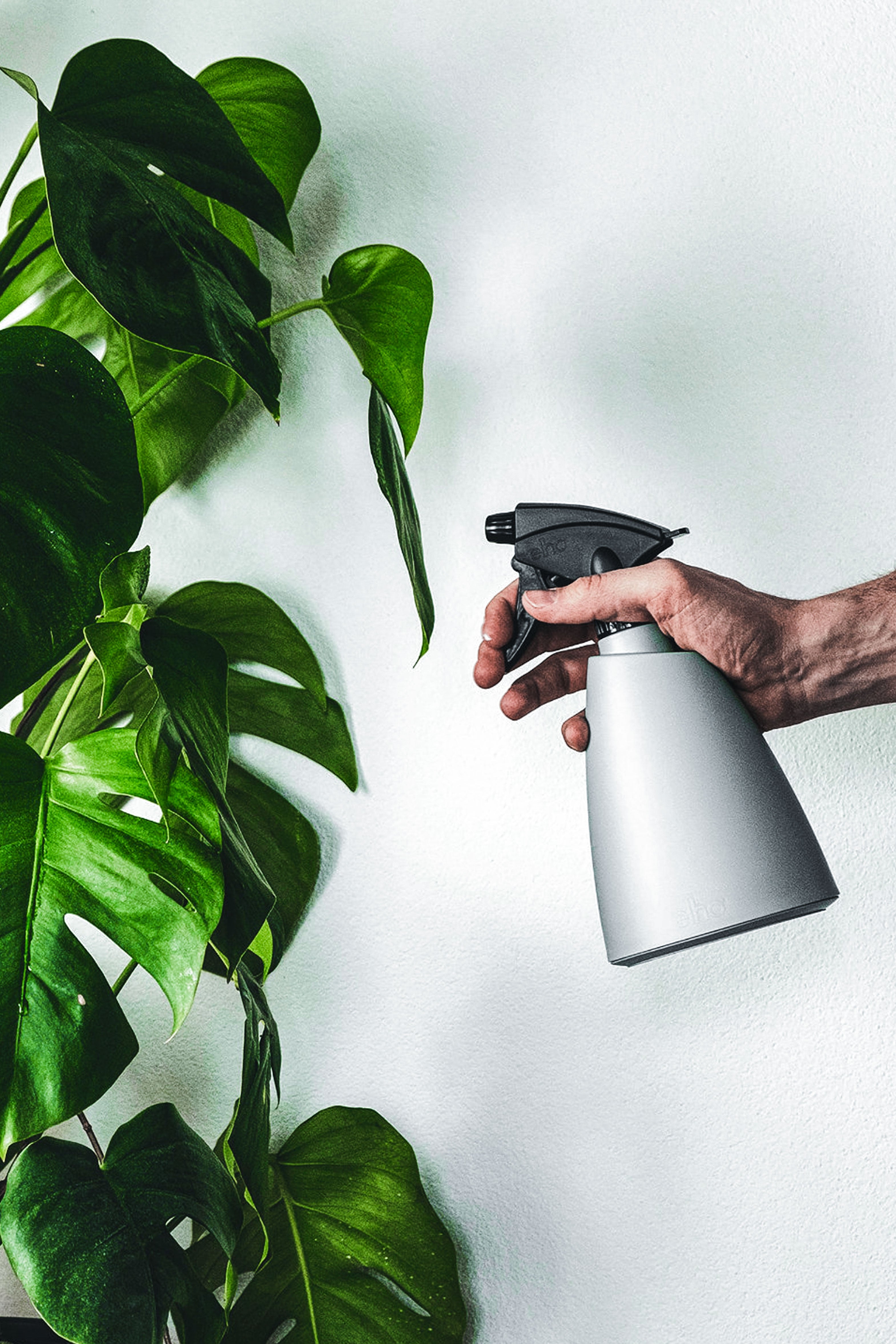
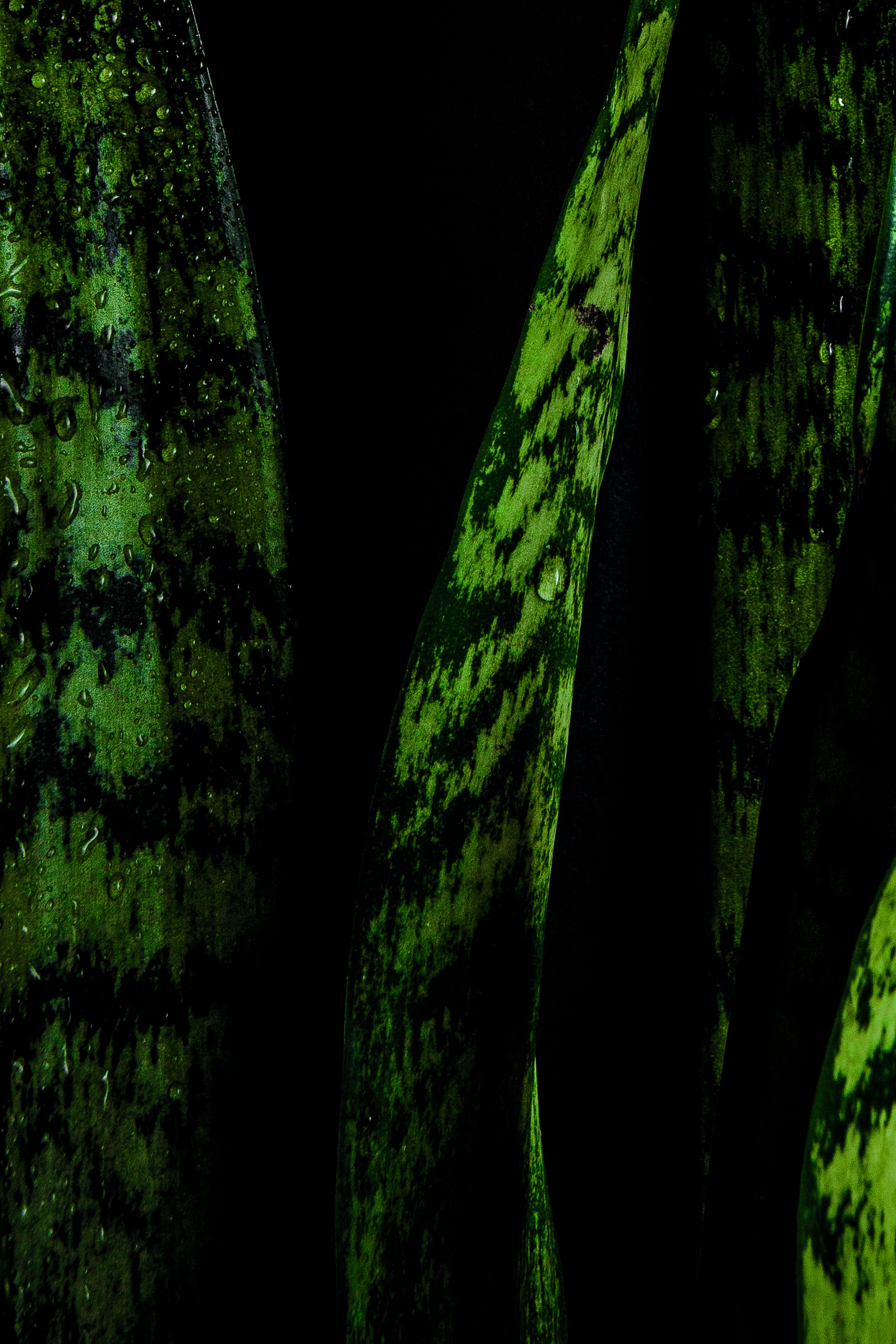
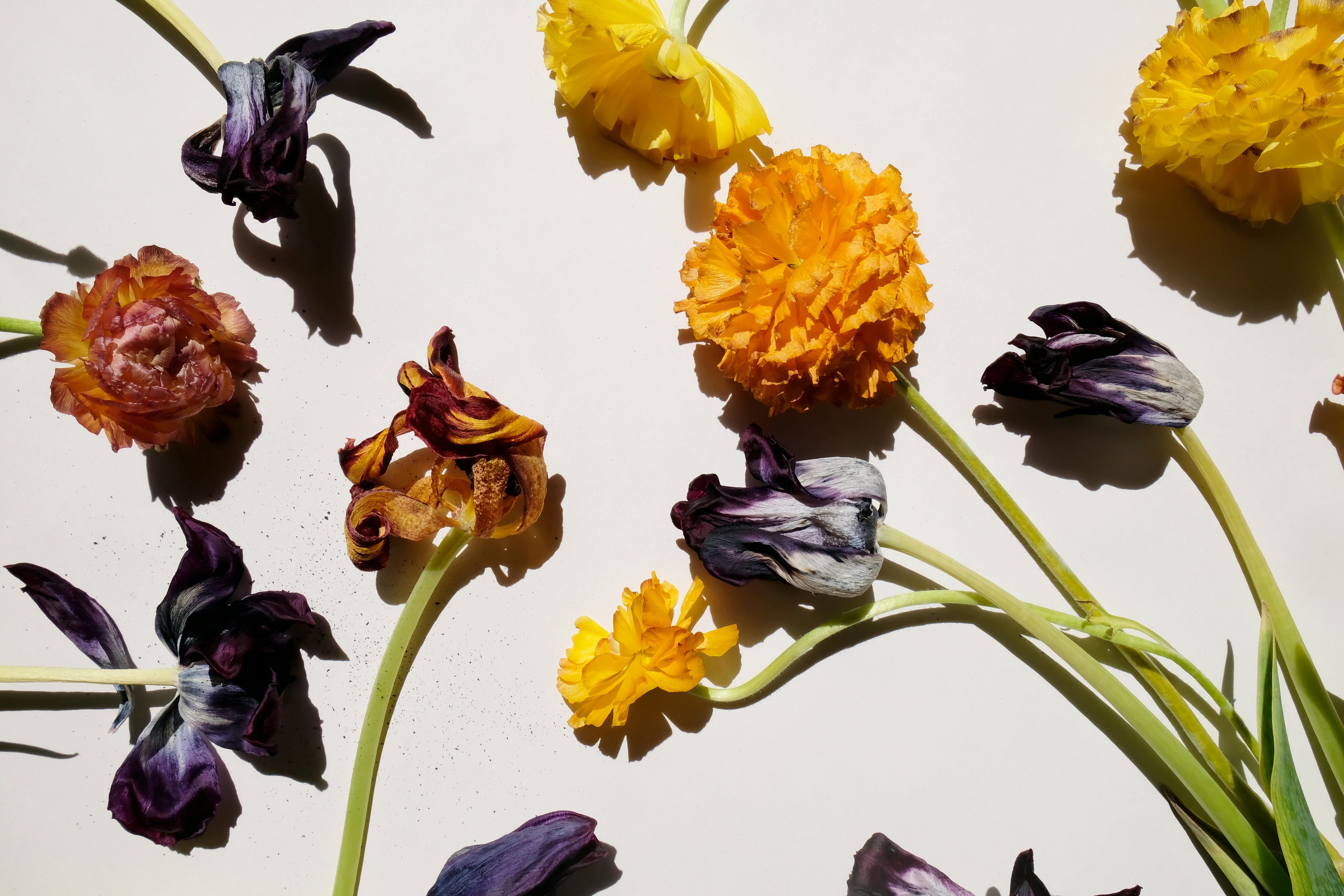
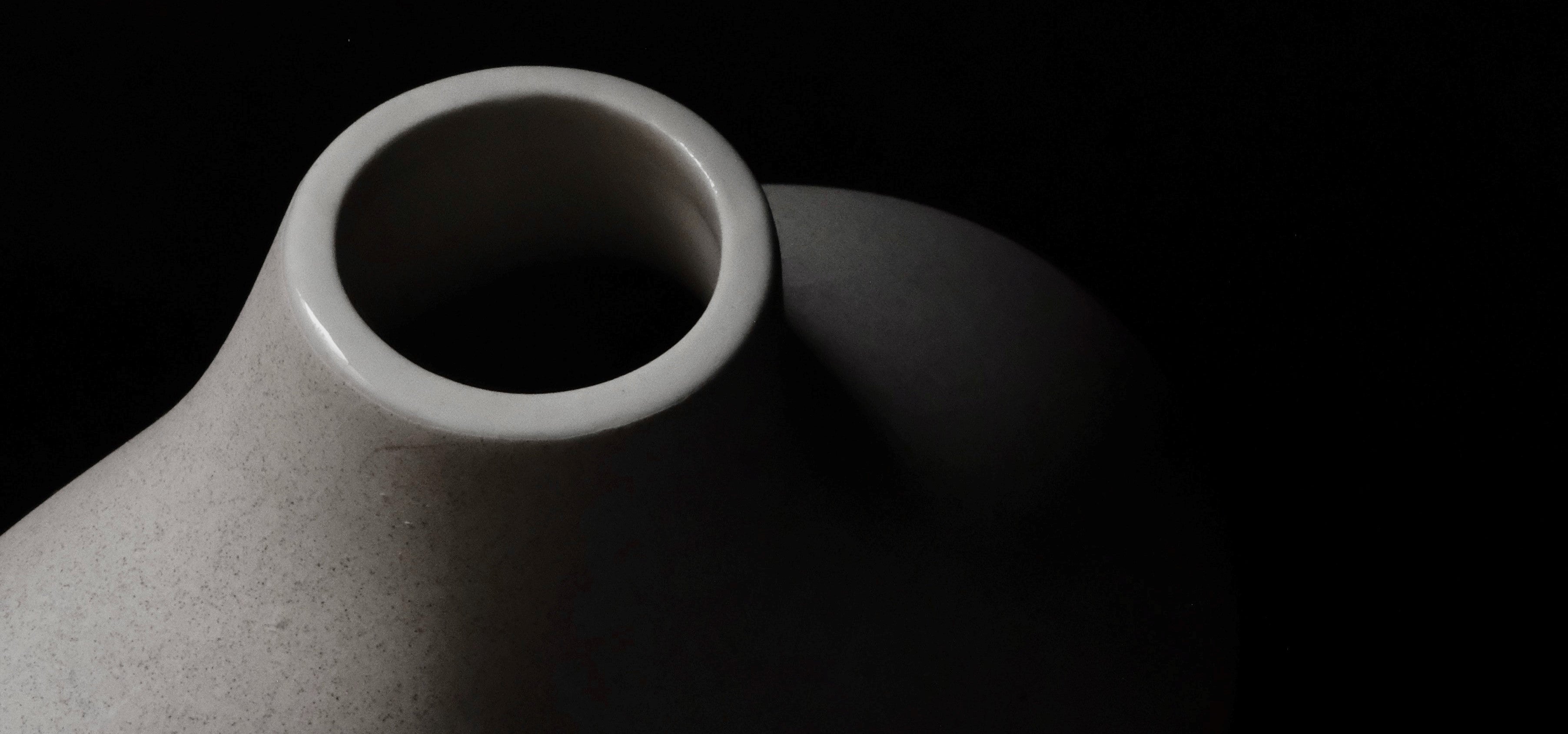
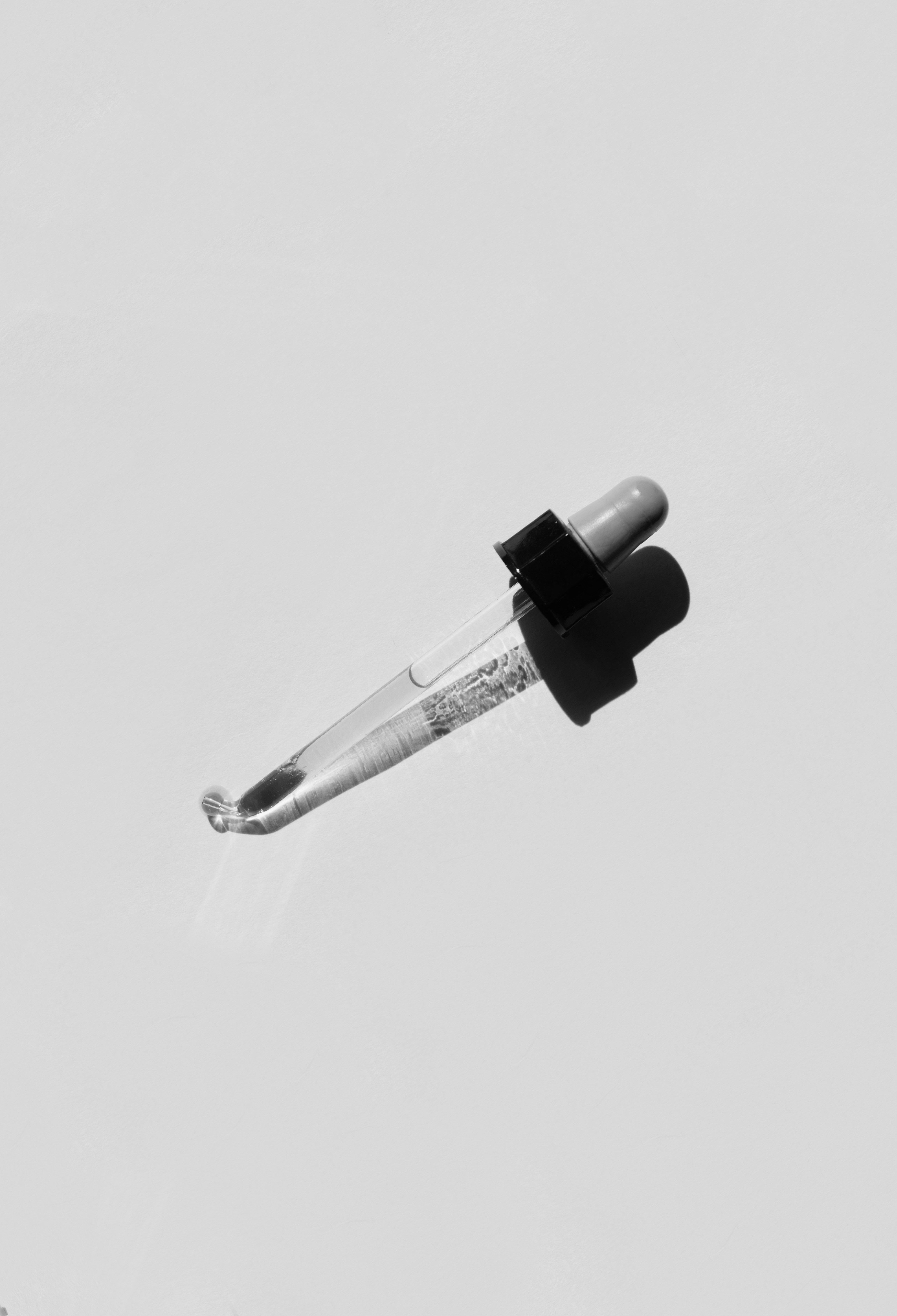

Leave a comment